AI CCTV Market Expected to Reach $55.22 Billion by 2030
Artificial intelligence technology has transformed the way security
cameras are used. Traditional CCTV systems relied on human operators to monitor
footage, which frequently caused slow responses. AI-powered CCTV cameras, on
the other hand, use machine learning algorithms to immediately detect and alert
authorities about possible security threats in real-time. These cameras can
identify and track objects, humans, and vehicles, which further makes them
effective for surveillance. With AI CCTV, law enforcement bodies and businesses
can focus on proactive reaction and prevention, rather than reacting to
incidents. The integration of AI in CCTV systems has advanced the security
industry, offering desirable visibility, performance, and productivity.
license plates of moving and parked vehicles. The
technology is used in cities such as Singapore and New York for managing traffic
violations and the smooth flow of traffic in cities. Moreover, AI-powered
cameras enhance the quality of images and videos, further helping in
identifying important details effectively.
Hence, the growing demand for advanced
surveillance systems has contributed to robust growth in the AI CCTV market. With the capacity to analyze large volumes of data at a
faster and more accurate pace, AI CCTV technology is predicted to revolutionize
public safety and security around the globe.
𝐈𝐧𝐧𝐨𝐯𝐚𝐭𝐢𝐨𝐧𝐬 𝐢𝐧 𝐀𝐈-𝐩𝐨𝐰𝐞𝐫𝐞𝐝 𝐯𝐢𝐝𝐞𝐨 𝐚𝐧𝐚𝐥𝐲𝐭𝐢𝐜𝐬 𝐚𝐧𝐝 𝐞𝐝𝐠𝐞 𝐜𝐨𝐦𝐩𝐮𝐭𝐢𝐧𝐠 𝐚𝐫𝐞 𝐫𝐞𝐬𝐡𝐚𝐩𝐢𝐧𝐠 𝐭𝐡𝐞 𝐦𝐨𝐝𝐞𝐫𝐧 𝐂𝐂𝐓𝐕 𝐢𝐧𝐝𝐮𝐬𝐭𝐫𝐲
Artificial intelligence is constantly changing the
AI CCTV industry by converting long periods of unused video into useful data.
AI-powered video analytics are able to identify trends and patterns in
surveillance footage, providing insights that manual monitoring cannot achieve.
This advancement enables security teams to extract valuable information from
unused video resources that are mostly excluded. As a result, more businesses
are recognizing the importance of AI video analytics and are beginning to
allocate budgets for its adoption.
𝐔𝐧𝐝𝐞𝐫𝐬𝐭𝐚𝐧𝐝𝐢𝐧𝐠 𝐭𝐡𝐞 𝐩𝐨𝐭𝐞𝐧𝐭𝐢𝐚𝐥 𝐨𝐟 𝐛𝐢𝐠 𝐝𝐚𝐭𝐚 𝐢𝐧 𝐂𝐂𝐓𝐕
One of the most notable trends in surveillance
cameras is their integration with video analytics for the generation of big
data. Several factors contribute to this technology including:
𝐃𝐞𝐞𝐩 𝐥𝐞𝐚𝐫𝐧𝐢𝐧𝐠 𝐚𝐧𝐝 𝐞𝐧𝐡𝐚𝐧𝐜𝐞𝐝 𝐝𝐞𝐜𝐢𝐬𝐢𝐨𝐧-𝐦𝐚𝐤𝐢𝐧𝐠
Deep learning, a cutting-edge innovation in video
surveillance, provides new ways for security teams to work. Using advanced AI
techniques like convolutional neural networks, video analytics can recognize
patterns in images, such as detecting people or vehicles. As these networks are
trained on more data, their accuracy and speed improve, leading to better
solutions.
Video analytics in security systems permits teams
to maximize existing resources. Unlike human operators, whose accuracy declines
over time because of fatigue or distractions during extended shifts, AI-driven
analytics maintain consistent 24/7 monitoring capabilities. However, this
technology does not replace human expertise, security professionals are still
needed to check alarms and proper responses.
AI-powered analytics help teams focus on making
key decisions by automating repetitive and time-consuming tasks, such as
analyzing long video footage. This enables faster, more informed responses to
incidents through the rapid processing of video data recording by technology.
𝐄𝐝𝐠𝐞 𝐜𝐨𝐦𝐩𝐮𝐭𝐢𝐧𝐠 𝐢𝐬 𝐚 𝐭𝐫𝐞𝐧𝐝 𝐢𝐧 𝐂𝐂𝐓𝐕 𝐭𝐞𝐜𝐡𝐧𝐨𝐥𝐨𝐠𝐲
Edge computing has emerged as an important
technological advancement in the CCTV sector. Data analysis is conducted
directly on devices, such as security cameras, rather than depending on
centralized servers. Also referred to as edge analytics, this technology offers
numerous advantages:
Reduced latency for quicker responses
Edge computing reduces latency by processing data
locally rather than transmitting large video files to a centralized server.
Cameras equipped with edge analytics send only relevant video snippets, thereby
facilitating quicker decision-making during serious incidents.
Efficient bandwidth and storage usage
Traditional systems that continuously stream video
require large amounts of bandwidth and storage. Edge analytics significantly
reduces this burden by transmitting only essential data. This results in lower
costs and faster data transmission speeds.
As edge computing becomes more common, security
cameras are now being built with better hardware that can do more comprehensive
analysis. This change helps provide quicker alerts and makes the network work
more efficiently. Because of this, edge computing is an important part of
modern CCTV technology. Thus, advancements in AI-powered video analytics and
edge computing are reshaping the AI CCTV industry.
𝐈𝐧𝐝𝐮𝐬𝐭𝐫𝐲 𝐠𝐢𝐚𝐧𝐭𝐬 𝐟𝐮𝐞𝐥 𝐢𝐧𝐧𝐨𝐯𝐚𝐭𝐢𝐨𝐧 𝐰𝐢𝐭𝐡 𝐬𝐭𝐫𝐚𝐭𝐞𝐠𝐢𝐜 𝐢𝐧𝐢𝐭𝐢𝐚𝐭𝐢𝐯𝐞𝐬
In the last few years, several multinational
corporations have strategically engaged in mergers and acquisitions, joint
ventures, collaborations, and enhanced investments in research &
development efforts to reinforce their foothold in the global AI CCTV market.
For instance, in February 2024, IDIS, a leading
South Korean manufacturer of video technologies, expanded its range of Edge AI
cameras. These cameras offer enhanced deep-learning video analytics for diverse
applications. Designed for commercial premises, public spaces, and perimeters,
the new models minimize false alarms while delivering advanced, localized
AI-powered analytics. This technology accurately distinguishes between humans,
vehicles, and other objects, thereby improving system reliability.
"With these innovative launches, the range of
Edge AI cameras has significantly expanded to cater to the widest range of
surveillance applications and challenges," said Andrew Myung, president of
IDIS America. Powered by the highly accurate IDIS Deep Learning Engine, which
delivers up to 98% accuracy, these models enable systems integrators and users
to seamlessly implement advanced video analytics. Their enhanced features
improved response times to serious incidents and increased operational
efficiency, making them perfect for contemporary surveillance tasks.
𝐓𝐡𝐞 𝐢𝐦𝐩𝐚𝐜𝐭 𝐨𝐟 𝐀𝐈-𝐩𝐨𝐰𝐞𝐫𝐞𝐝 𝐬𝐮𝐫𝐯𝐞𝐢𝐥𝐥𝐚𝐧𝐜𝐞 𝐜𝐚𝐦𝐞𝐫𝐚𝐬
Nowadays, government authorities across the globe
are using AI-powered surveillance cameras to boost public safety and security.
Although millions of cameras are being installed worldwide, humans can't
monitor such a huge number of installed cameras. Artificial intelligence helps
them by analyzing the live footage in real time, which assists in identifying
potential threats and preventing incidents. Many countries are adopting
advanced AI surveillance technologies for effective tracking, monitoring, and
management of people for various reasons, including crime prevention and
detection, as well as smart city infrastructure development.
AI-powered cameras excel because of their ability
to learn and improve with time. Initially, the system identifies objects in a
scene, compares the results with human-provided annotations, and refines its
understanding. For example, these cameras can recognize unusual behavior in
public spaces, like abandoned bags in an airport, and alert authorities in real
time.
One of the key applications of AI-powered cameras is at traffic signals,
where they can detect and read








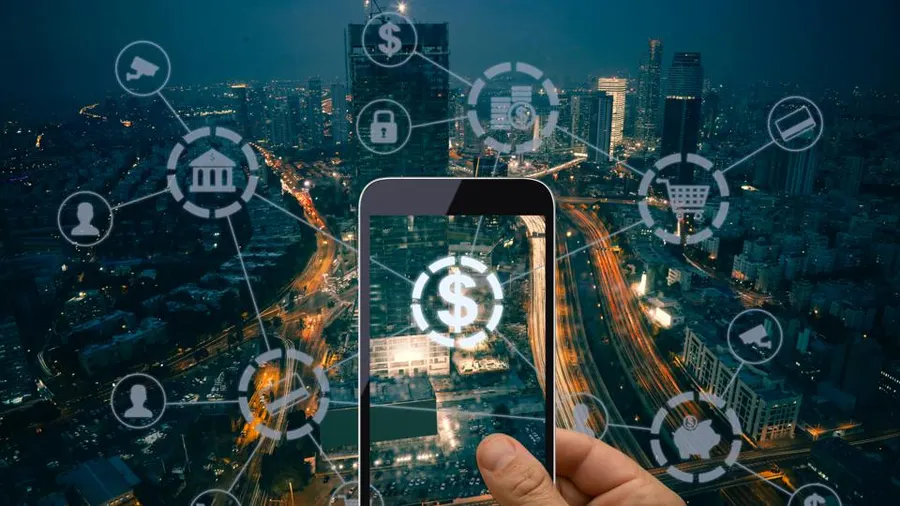
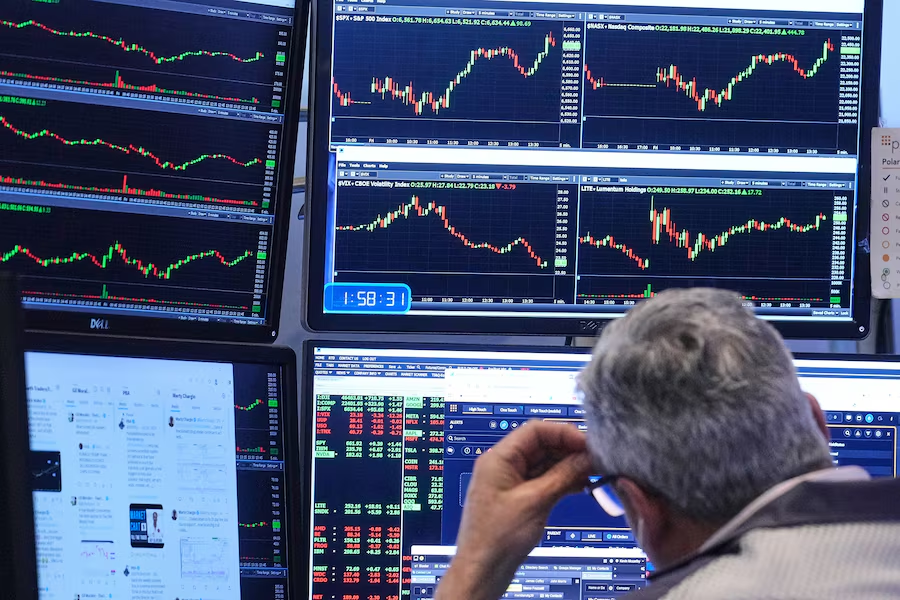





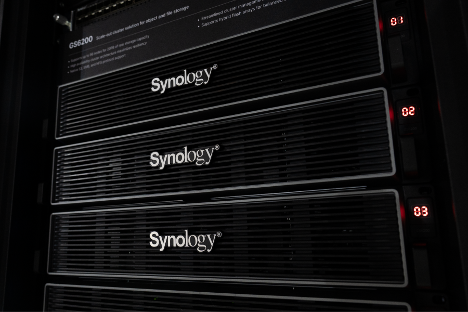





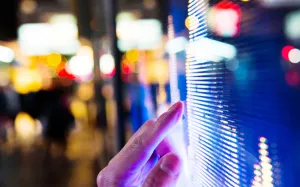











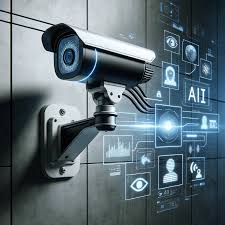
Leave A Comment